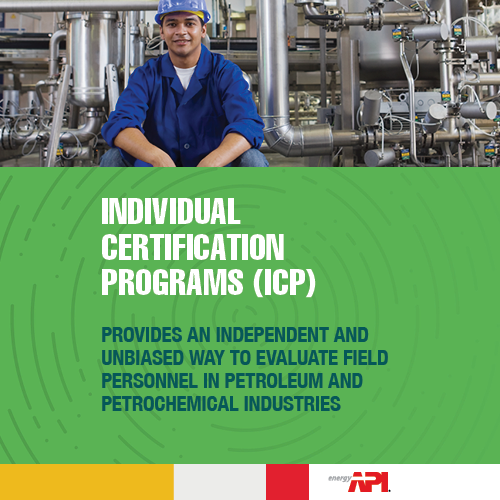Source Inspection Activities

In this stage of the QA process, source inspectors actually perform the source inspection activities that were developed in prior steps of the process. Source inspectors must familiarize themselves with all of the applicable project documents, attend numerous planned meetings and work process events, and ultimately deliver progressive inspection reports.
A note about inspector conduct and safety
API’s Guide for Source Inspection and Quality Surveillance of Fixed Equipment provides the following important information regarding the conduct and safety of Source Inspectors.
Individuals tasked with the responsibility of performing source inspection activities should conduct themselves professionally while visiting an S/V facility as a representative of their employer and/or purchaser. If any conflict should arise during the inspection activity, the source inspector should notify their supervisor for resolution as soon as possible. It is important that the SI not be confrontational or argumentative regardless of the importance of the issue at hand; but rather simply indicate in objective terms how the SI intends to proceed to resolve the issue.
Safety of the individual performing the source inspection activity is one of the most important aspects of their work. A safety program should be established which identifies specific safety hazards associated with the job. Source Inspectors should be adequately trained and knowledgeable in these safety programs in order to minimize the possibility of injury. The safety program should include:
- Potential travel safety issues specific to the job
- Potential shop safety issues and hazard recognition
- How to handle the observation of unsafe acts in the shop
The SI should observe the safety procedures and policies of the S/V while on their premises or if more stringent, their own company safety requirements.
Project Document Review
Source inspectors should review project documents before going forward with ITPs. It is important to make sure that the supplier/vendor has the most current documents as specified in engineering designs. In some cases, engineering designs may call for an edition of a standard that is not the latest available. In other words, the edition specified in the engineering design should be used, even if it is not the latest available version.
The various types of project documents that should be reviewed include:
- Contractual Agreements such as purchase orders or subcontracts.
- Engineering Design Documents such as engineering or fabrication drawings.
- Company and Client Standards that are typically in place to supplement existing industry codes and standards.
- Industry Codes and Standards that pertain to the contractual agreements of the project. These codes, standards, recommended practices, and guidelines are published by organizations such as API, ASME, ASNT, AWS, and SSPC.
- Welding Procedures and Qualifications, which are developed by supplier/vendors. Source inspectors are responsible for working with subject matter experts to review and approve these procedures.
- NDE Procedures, which are also developed by supplier/vendors. Just like welding procedures and qualifications, source inspectors need to ensure that NDE procedures have been reviewed and approved by engineering/NDE SMEs.
- Project Schedules that the supplier/vendor has established. Source inspectors should be able to provide updates to the inspection coordinator on fabrication status and whether or not the supplier/vendor may be sacrificing product quality to meet deadlines.
Performing the Source Inspection
After source inspectors are confident that all project documents are in place, up-to-date, and complete, the next step is to review the ITP and ensure that anyone who will be performing source inspection activities does so in accordance with the ITP and other project documents. Source inspectors should verify the training, skills, and certifications of those involved in fabrication and testing of the product.
As the supplier/vendor carries out the manufacture and fabrication of the project, they may be responsible for activities such as visual inspection, welding inspection, dimensional inspection, nondestructive testing, leak testing, performance and functional testing, and other examination activities. It is up to source inspectors to closely monitor the supplier’s QC activities to ensure that they are following the ITP and other project documents.
Inspection Reports
Source inspectors provide inspection reports to the supplier/vendor throughout the course of the QA process. These reports typically follow a standardized format and contain information such as dates and purposes of visits, contract numbers, action items, areas of concern, inspection/surveillance results, reference drawings and data used, nonconforming items, and other useful information. Reports will also include photographs where appropriate.
















